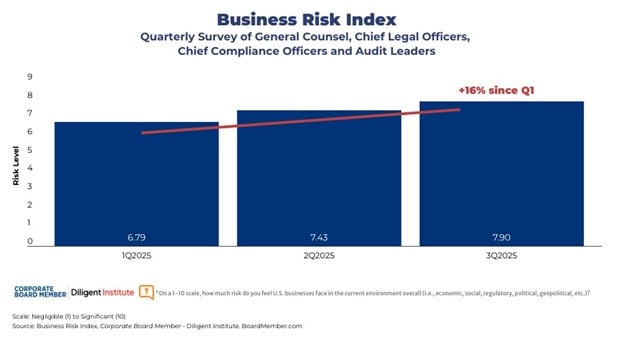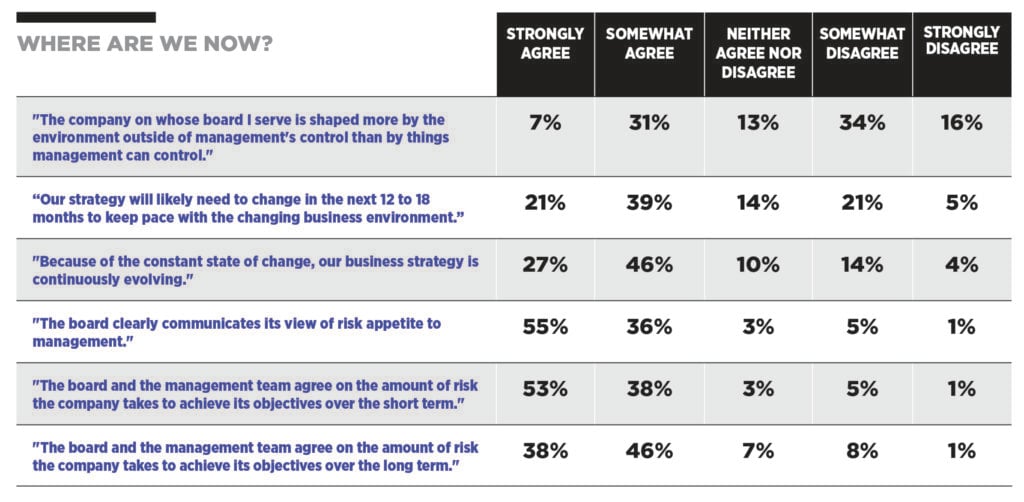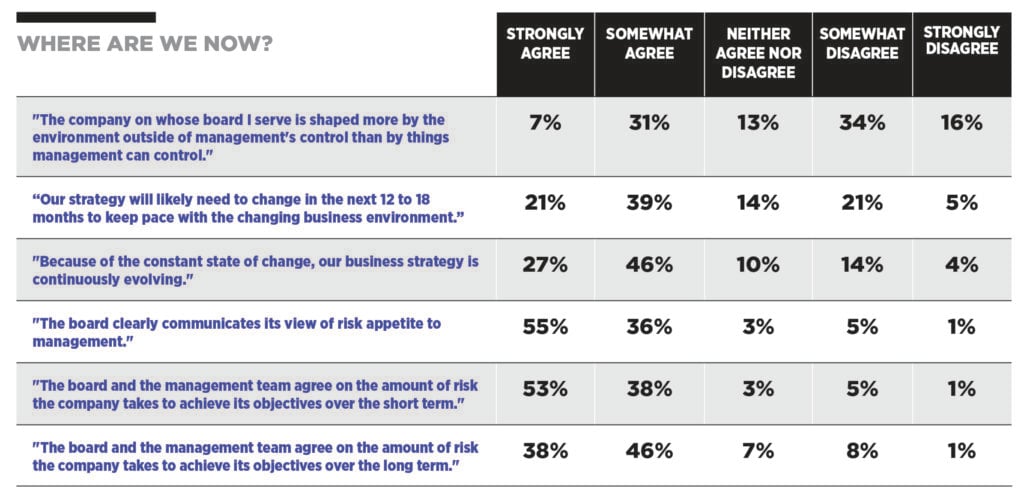In boardrooms across the country, talent has long been considered a differentiator. But today, it’s more than that. It’s an existential lever. In an era marked by AI disruption, labor shortages, hybrid models and shifting employee expectations, workforce planning is no longer an operational afterthought. It is a strategic imperative, deserving the same scrutiny and foresight as cybersecurity, capital allocation and enterprise risk.
The Risk of Inaction
Boards that fail to rigorously pressure-test talent strategies face rising exposure to execution risk and missed growth opportunities. According to McKinsey & Company, nearly 50 percent of executives cite skills gaps as a critical threat to business success over the next five years, with 87 percent already experiencing those gaps or anticipating them soon.
The demographic outlook is equally stark. Baby Boomers are retiring at a pace of 10,000 per day in the U.S., taking institutional knowledge with them, while younger workers are prioritizing flexibility, purpose and career development—often outside traditional corporate pipelines, according to Pew Research.
Without strategic workforce oversight, boards risk falling behind on digital transformation, DEI progress, innovation and even fiduciary duty.
Why Boards Must Lead Now
Traditionally, workforce planning has resided within HR. But today’s accelerating disruption demands that boards challenge management, pressure-test assumptions and elevate workforce readiness to a board-level agenda item.
Boards should be driving:
- Strategic talent forecasting aligned with growth and innovation goals.
- Readiness assessments for automation, AI integration and digital fluency.
- Oversight of reskilling investments, pipeline diversity and leadership bench strength.
A PwC report underscores the rising importance of human capital governance, noting that 85 percent of corporate value is now tied to intangible assets—talent, culture and intellectual capital among them.
From Planning to Accountability: What Boards Should Ask
To embed workforce strategy into the board’s core responsibilities, directors can begin with a few critical questions:
- How aligned is our workforce strategy with our three-to-five-year strategic plan?
- What portion of our workforce is at risk of displacement or disruption from automation in the next 24 months?
- Are our reskilling and leadership development investments proportionate to the pace of business transformation?
- What forward-looking indicators are we monitoring beyond turnover and engagement to assess workforce health?
How to Operationalize Talent Governance
Boards seeking to transform workforce planning from an HR function into a board-level priority should consider:
- Quarterly strategy-HR alignment reviews, tying talent risks to corporate goals.
- Scenario planning for business model shifts, automation uptake and regulatory risk.
- Human capital dashboards—tracking metrics such as internal mobility, diversity representation and reskilling progress.
- CHRO engagement in boardroom dialogue, ensuring human capital strategy is anticipatory, not reactive.
According to the Conference Board, organizations where boards are highly engaged in workforce strategy report 23 percent higher revenue per employee and significantly stronger retention metrics.
The Board’s Moment of Influence
In today’s climate of volatility and reinvention, boards that view workforce planning as an HR sidebar are missing a vital lever for value creation. The risks are real, the data is clear and the opportunity is now.
Boards that elevate workforce planning to the strategic forefront embedding it in governance routines, performance metrics and enterprise risk frameworks won’t just future-proof their organizations. They’ll future-proof their legacies.







